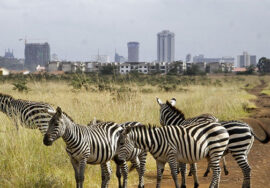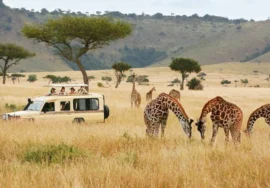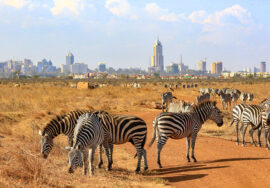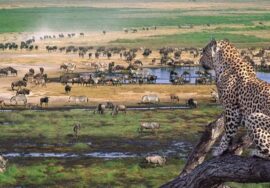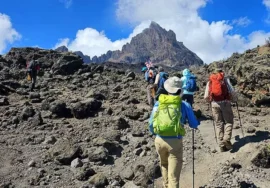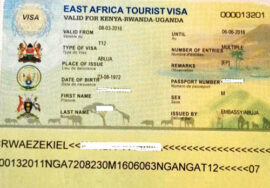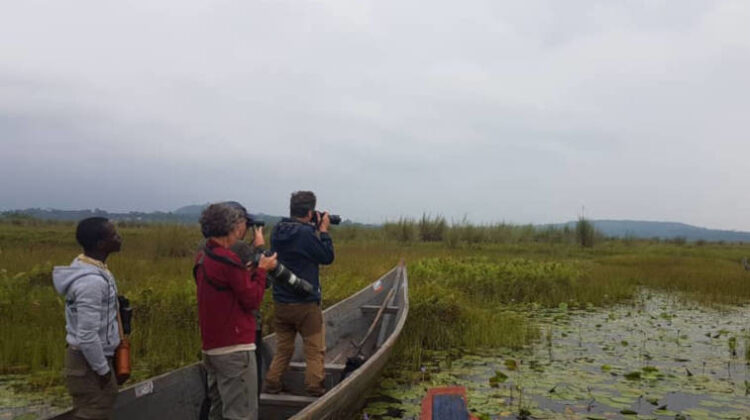
Bird Watching Safari Tours in Kenya & Tanzania
Bird Watching Safari Tours in Kenya & Tanzania, Discover Thousands of Beautiful Bird Species in East Africa.
Everything about Africa is different, surprising, and comes in large numbers and a wide range of types. This is especially true for the wide range of birds you can see on safari in Kenya and Tanzania. First-time visitors to Africa may be amazed by the beautiful birds that live in the sky, in the trees, along the lakes, and in large groups on the fields.
Imagine seeing a hundred different kinds of birds in one day, from beautiful ibis and herons to vultures and raptor eagles and great white pelicans and storks. Birds of prey like starlings, doves, blue turacos, and guineafowl fill the air with their coos, calls, and light tunes when they are moving around.
Africa, especially Kenya and Tanzania, is a great place to watch birds because it has savannahs, grasslands, forests, and wetlands. Different types of birds, like bee-eaters, sunbirds, parrots, cranes, and fish eagles, live in each environment. You will see a lot of different bird species on your African tour because both countries have more than 1000 species.
Seeing birds in Kenya
Wow, look at this number: About 11% of the world’s bird species live in Kenya. That’s about 1100 different kinds of bird life. Safari-goers have seen more than 500 different kinds of birds on some trips.
Kenya has a lot of different landscapes and temperatures, which are home to many different kinds of birds. Many migrant species, like swallows and shorebirds, come to the lakes and shores from February to October, adding to the diversity of the area. From June to October, when it’s dry, it’s also a great time to see birds because they gather near water, which makes them easier to spot.
Seeing birds in Tanzania
Tanzania, like Kenya, has more than a thousand kinds of birds—over 1,100!—many of which are native to East Africa and live in the country’s beautiful landscapes. Some of these are migratory birds, waterfowl, birds of prey, and rare or unusual types. Tanzania is, without a doubt, a wildlife paradise. There are thousands of big cats and millions of grazers, so you can see even more birds.
Lakes & Parks For Perfect Bird Safaris in Tanzania
Lake Manyara National Park
Along with the beautiful acacia forest, the park is mostly made up of the lake, which is home to many of the 400 species that live here. It’s possible to see up to 100 different kinds of birds in a single day. You can see a lot of lesser flamingos, pink-backed pelicans, crested guinea fowl, hornbills, turacos, weavers, bee-eaters, herons, ibis, and green cuckoos at the lake. The forest is home to the African Hawke-eagle.
Lake Victoria
It is the second-biggest lake in the world and the largest lake in Africa. It is bigger than some countries. The lake is home to many birds and is famous for its beautiful green islands. Watch out for the ostrich, the cormorant, the Egyptian goose, the yellow-billed duck, the greater flamingo, the sparrows, the fire finches, and the canaries, among more than 300 other species.
Ngorongoro Crater / Conservation Area
This UNESCO World Heritage Site is a strange volcanic crater that looks like it’s all by itself. It’s a blue-green world full of animals. Over 500 different kinds of birds live in this huge wildlife bowl. Some of these birds are the white-eyed flycatcher, Hildebrandt’s spurfowl, black kite, black-winged lapwing, and lesser flamingo.
Serengeti National Park
The park is famous as the place where the Great Wildebeest Migration happens. You can watch over 500 different kinds of birds there. The black-headed heron, the secretary bird, the grey-headed sparrow, the white-crowned shrike, the red-backed robin, and the Kori bustard are the birds you need to look for.
Tarangire National Park
This off-the-beaten-path area is a great place to watch birds. These months, April through November, are the best for seeing all of its bird forms. Birds like the tawny eagle, the African grey flycatcher, lovebirds, larks, and shrikes can be found here. Pelicans and ostriches are examples of bigger birds. Where else can you find a real bird with wings called a bare-faced go-away bird?
What to Bring on Your Safari to Watch Birds
One of the fun parts of a trip is getting ready for it, whether you’re looking for a lion or a black-headed heron. You should always wear clothes that are cool, don’t show too much skin, and don’t show jungle dust.
But here are some important things you should bring on your birding trip to get the most out of it:
Binoculars: Bring your own pair, though, you’ll always have the immediate pleasure that makes birdwatching fun.
Identification Book—Even though our guides know a lot about the different kinds of birds you can see on the ground, in the trees, in the air, and near the lakes, it’s still helpful to have a book with pictures of the birds you see to help you learn more about them.
A camera, preferably one with a zoom or long lens, is a great way to see birds and make memories at the same time. A fun way to do this is to match what you saw with the pictures in your identification book.
Voice Recorder: This is helpful for figuring out what birds are calling when you don’t know their calls right away. Another great thing about it is that it helps you remember the beautiful sounds of your trip.
For some people, bug spray might be the most important thing to bring on vacation. You’ll probably be going over savannahs as well as woods and grasslands, which are great places for mosquitoes and other bugs to lay their eggs. A little bug spray will go a long way toward making sure you have a great trip.
Pack snacks and water. Since you’ll be in the bush, make sure you have a lot of water with you. Also, eat snacks because you’ll need to keep your energy up.

